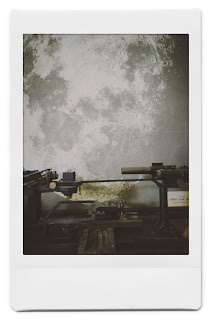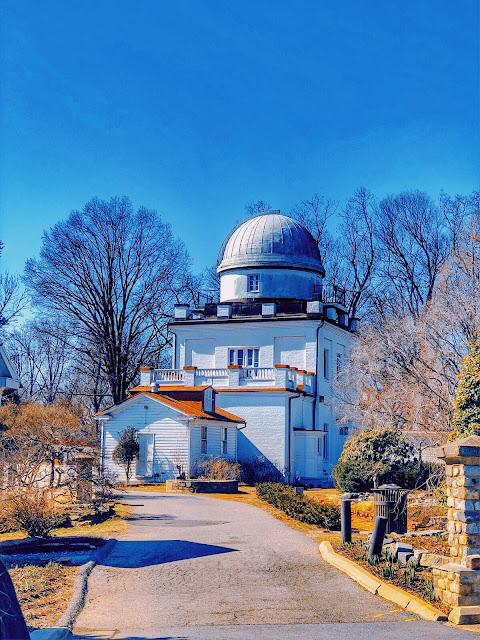 |
| Georgetown Observatory |
Happy New Month, I hope this year has transitioned well for my dear readers. I haven’t found the much-needed motivation to write a blog piece since my last article on Valentine’s day, but that changed with a field trip at school this past week. Up until Thursday, 28th of February 2019 I would pride myself as a homebody, lauding it out to whoever wanted to know.
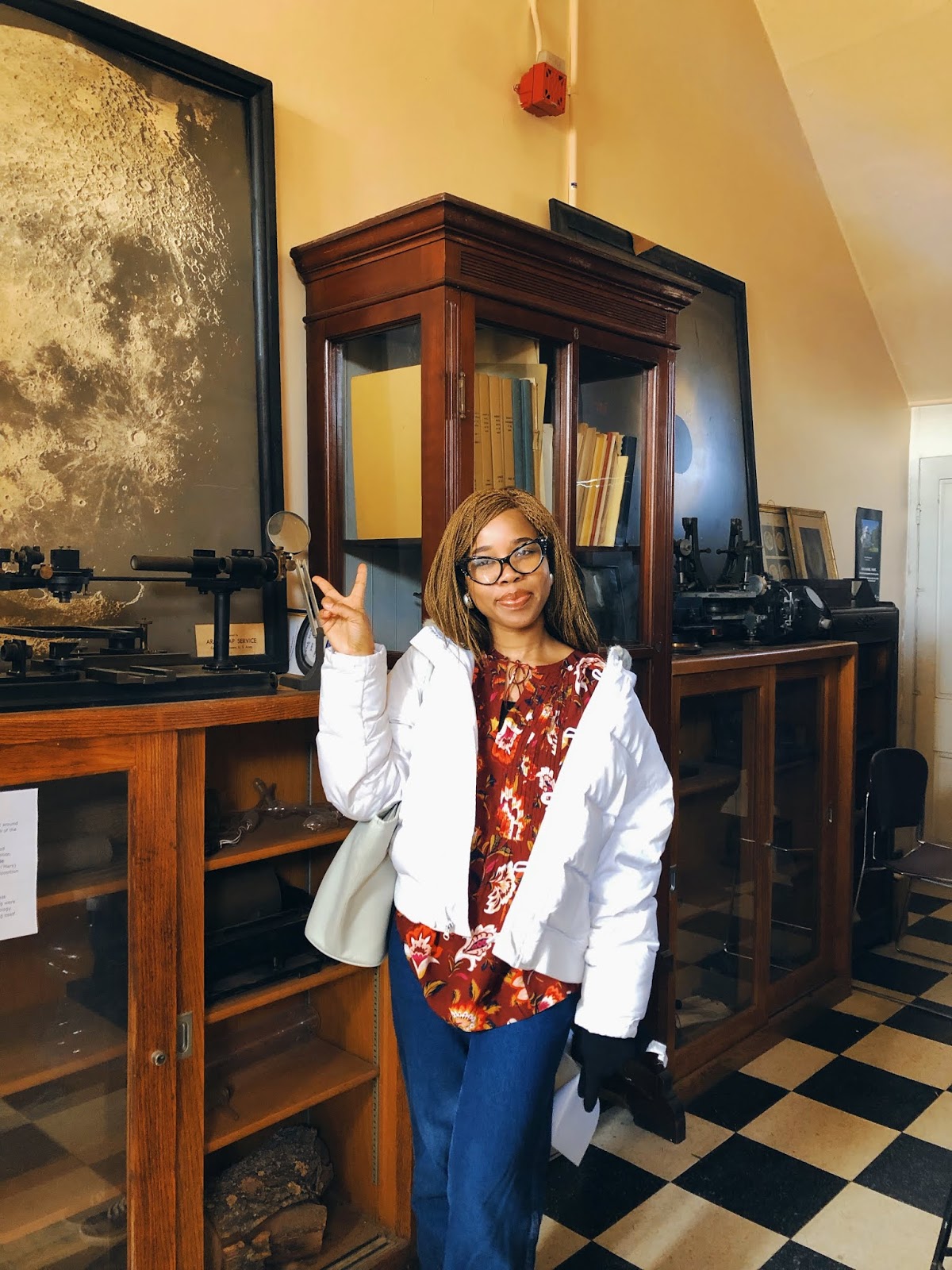


However, visiting the Georgetown Observatory a 176-year old astronomy building was life-changing. A class I took this semester on Sustainability theory & Practice is asking us to think of sustainable ways to redesign this old structure (the Georgetown Observatory). Our class field trip gave us access to view the interior of the
main building (a rare feat), despite restrictions due to preservation.
The Georgetown Observatory was founded in 1841 by Father James Curley of the Department of Physics at Georgetown College. It is also known as the Heyden Observatory named after Francis J. Heyden. The building has some achieved some laudable feat to include finding the longitude and latitude of Washington D.C

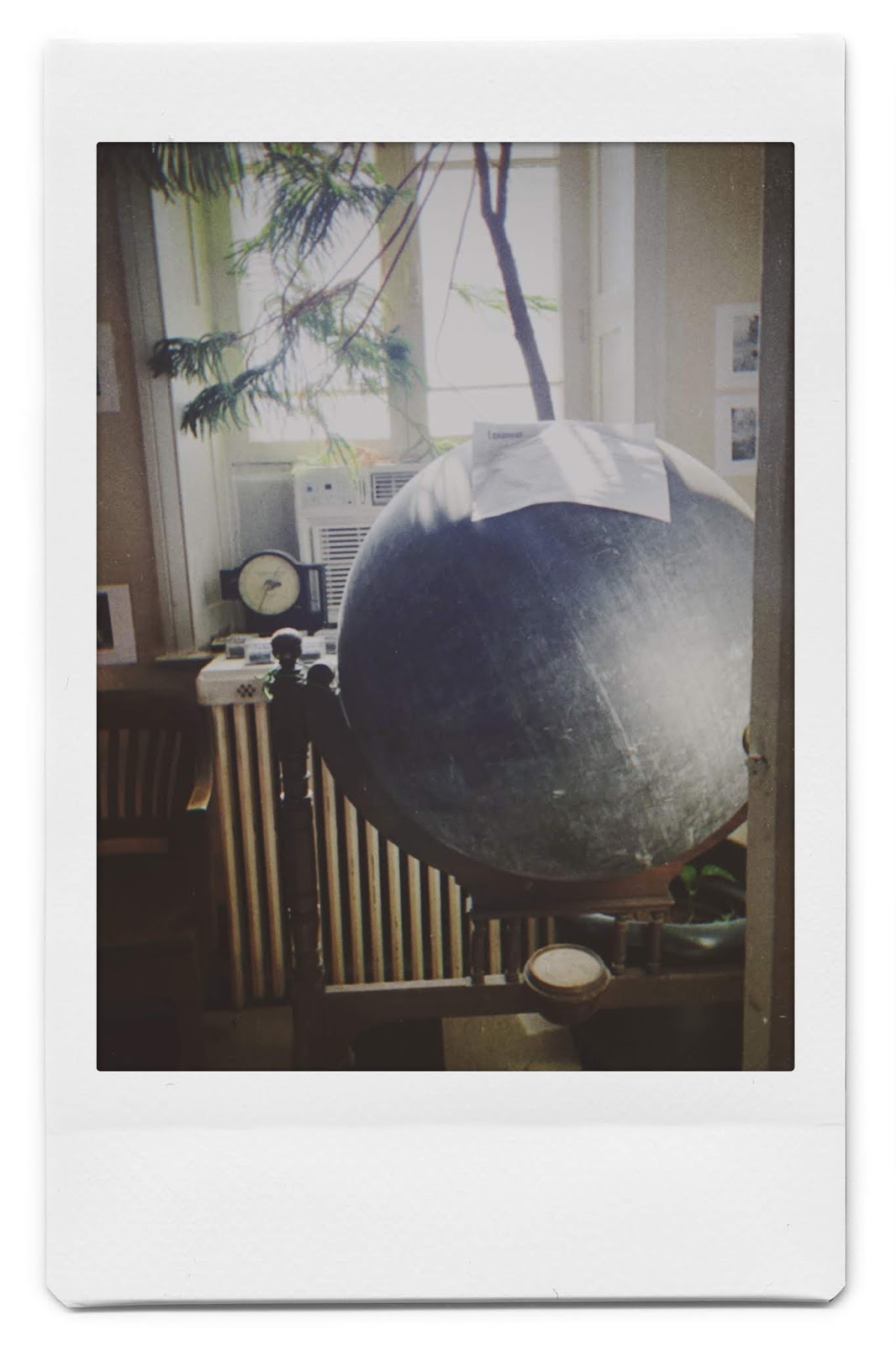 The experience was humbling and revealing, as it provided a reflective moment to delve into the life and thoughts of those who thought out the structure and the location. The observatory is also one of the oldest buildings on the Georgetown campus and is strategically positioned on the hilltop, with the physical design of the building, standing the test of time. As a first time visitor looking at the beautiful structure from outside, one can understand why it is part of the DC monuments. There are clear signs that the architecture of the building is a personal narrative of the priests’ who were inspired by science.
The experience was humbling and revealing, as it provided a reflective moment to delve into the life and thoughts of those who thought out the structure and the location. The observatory is also one of the oldest buildings on the Georgetown campus and is strategically positioned on the hilltop, with the physical design of the building, standing the test of time. As a first time visitor looking at the beautiful structure from outside, one can understand why it is part of the DC monuments. There are clear signs that the architecture of the building is a personal narrative of the priests’ who were inspired by science.

Before all the cluster of buildings and development sprung on Georgetown campus giving it its current Ariel view, Heally hall (a historical landmark) was the only building that could be seen from the balcony of the Observatory, giving it a unique landscape view.

The oval shape of the rooftop bears a resemblance to that of the white house, the bricks used for walls, and the subtle choice of a neutral paint with a red highlight makes the building stand out. The Oval shape of the building bore its shape from the huge astronomical technology used to view the galaxies, changing the initial design. Although I took a class “leading by design” in my first year, I had not seen a practical example of technologies defining spaces, and this was a perfect example.
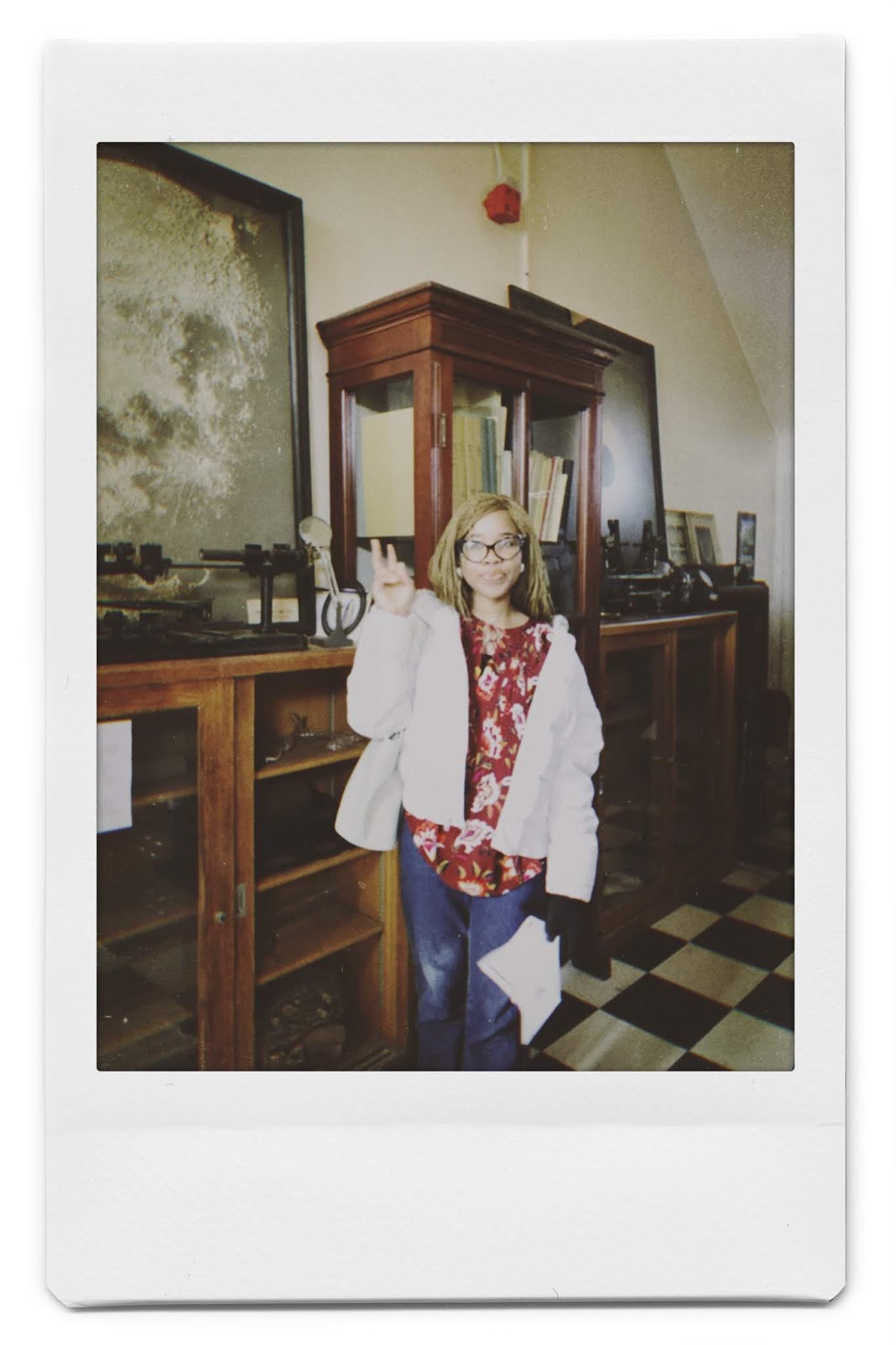
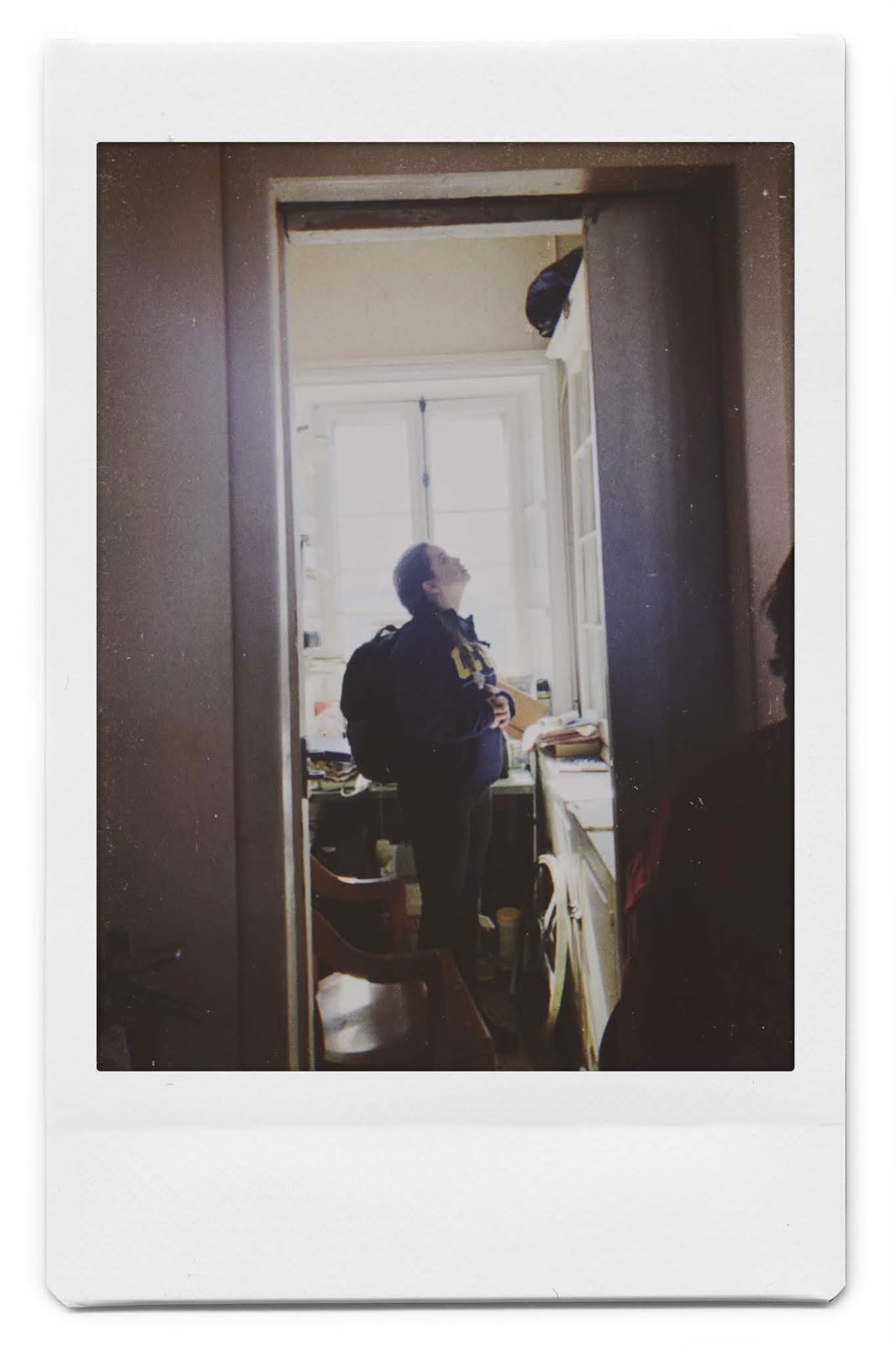
The Interior
Once we got into the building, the smell of old pieces of furniture, woods, books gave me that feeling, that I was in a building that had not been in active use in decades.
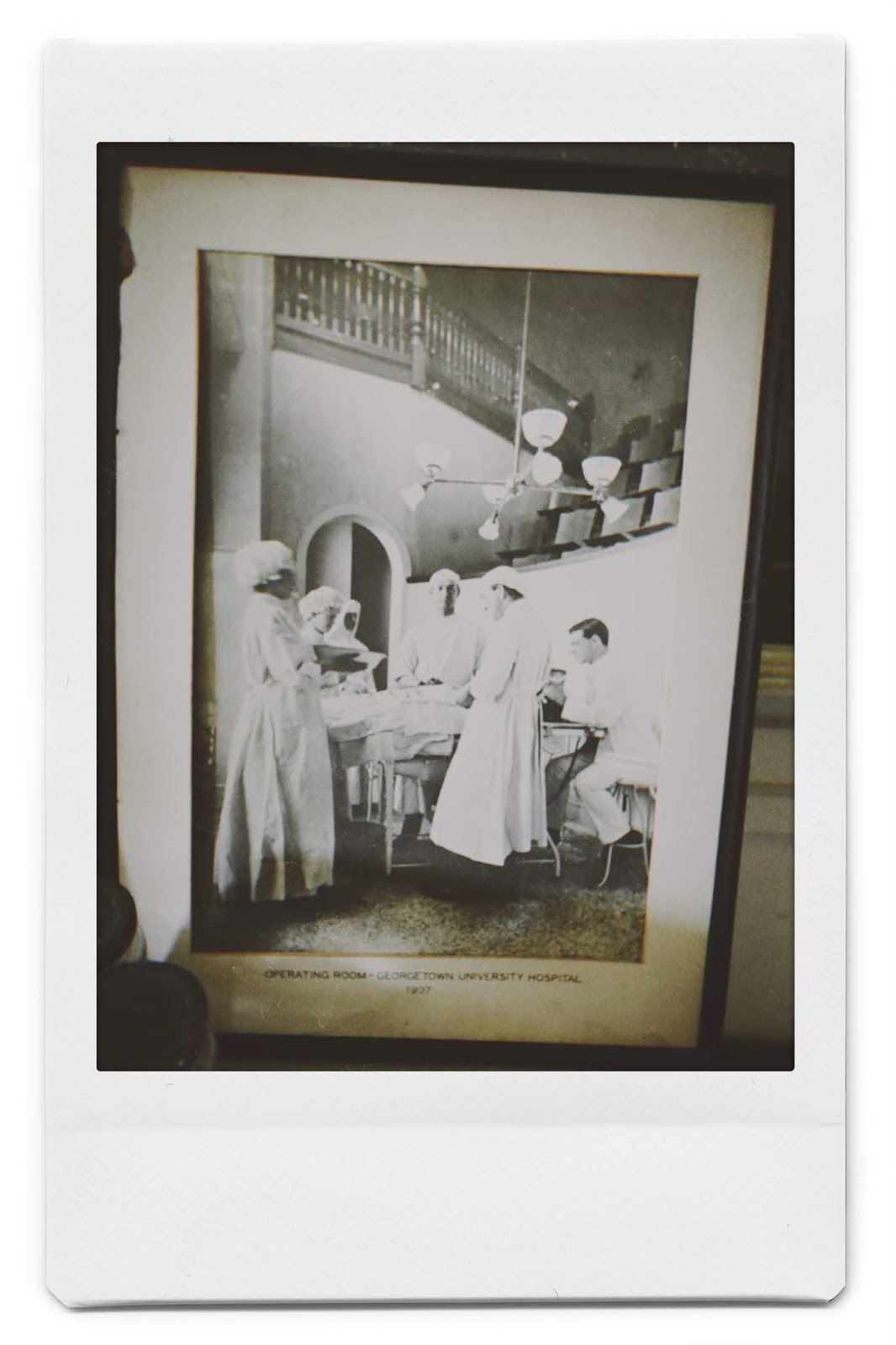
The interior of the building did not have the flamboyant decor, modern buildings have, typical mosaic floor patterns and smaller door frames. Then our tour guide led us to a room, where a large technological apparatus (Imported from Europe), the telescope used to determine the longitude and latitude of Washington D.C was placed. Also, the main reason for the oval shape of the rooftop.  Our tour guide explained, the rooftop wasn’t built or designed that way, but as technology improved for exploratory research in space, so did the need to improve on the apparatus used. Hence, the need to extend the rooftop, to accommodate the new technology.
Our tour guide explained, the rooftop wasn’t built or designed that way, but as technology improved for exploratory research in space, so did the need to improve on the apparatus used. Hence, the need to extend the rooftop, to accommodate the new technology.
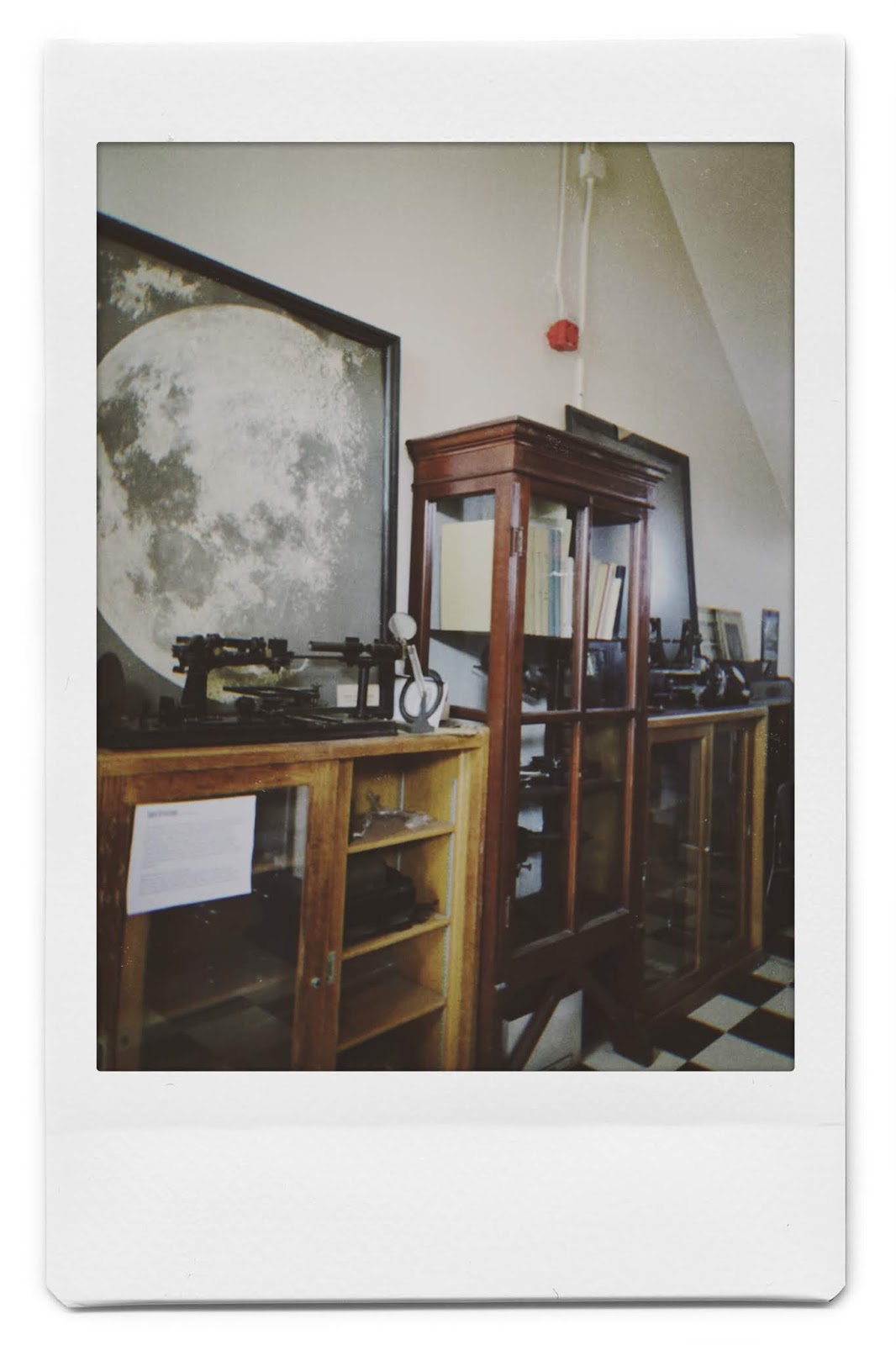
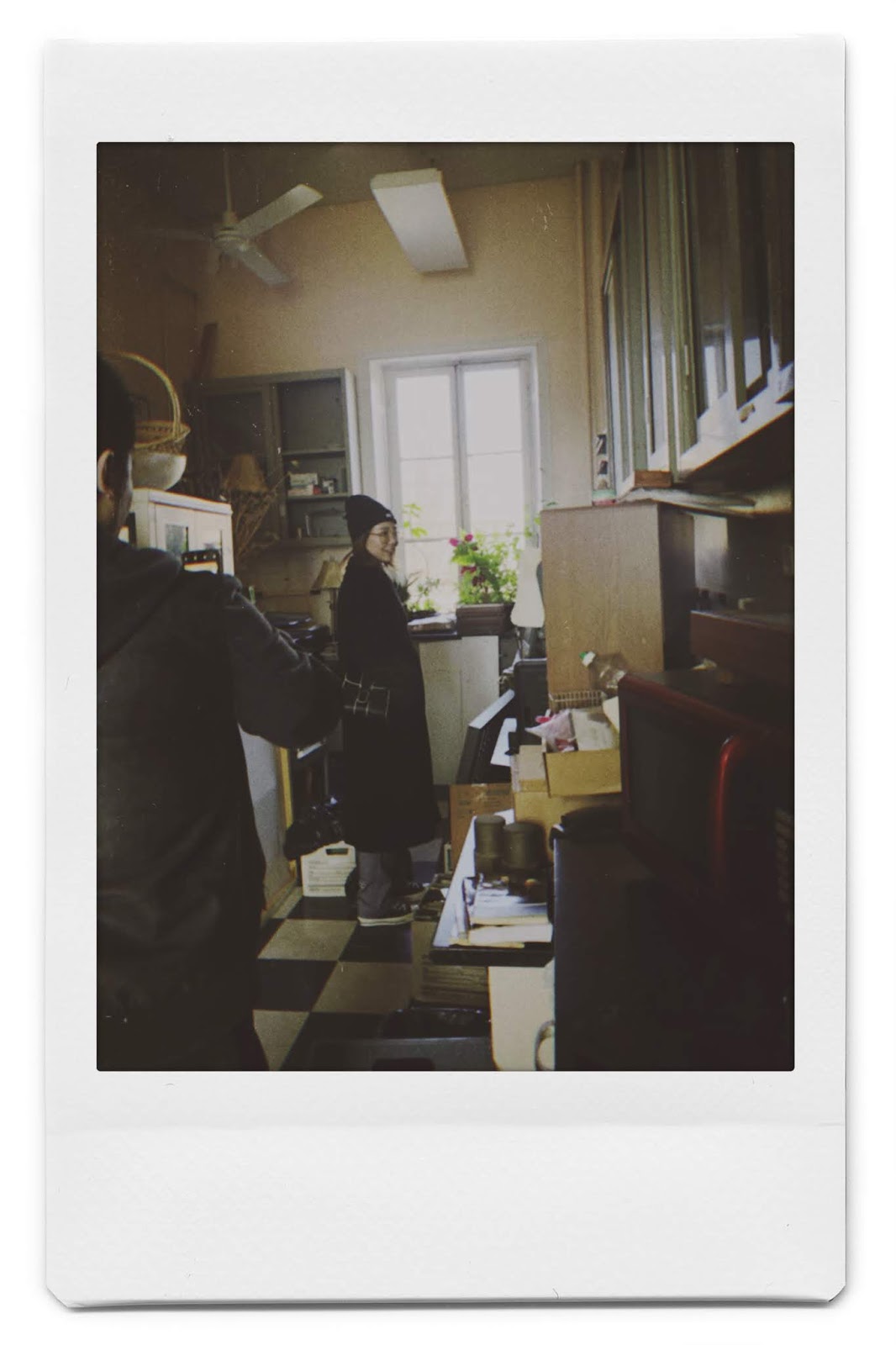
The building now sparingly used by the Astronomy club, also as a biology lab by a professor. A further peek into the rooms of the building opened up spaces with picture frames some with little captions, depicting the life of people who inhabited the building. Currently, there are flower pots, a beehive, table, chairs, more astronomical artefacts, a clock, and then the below photo (I believe from star wars).


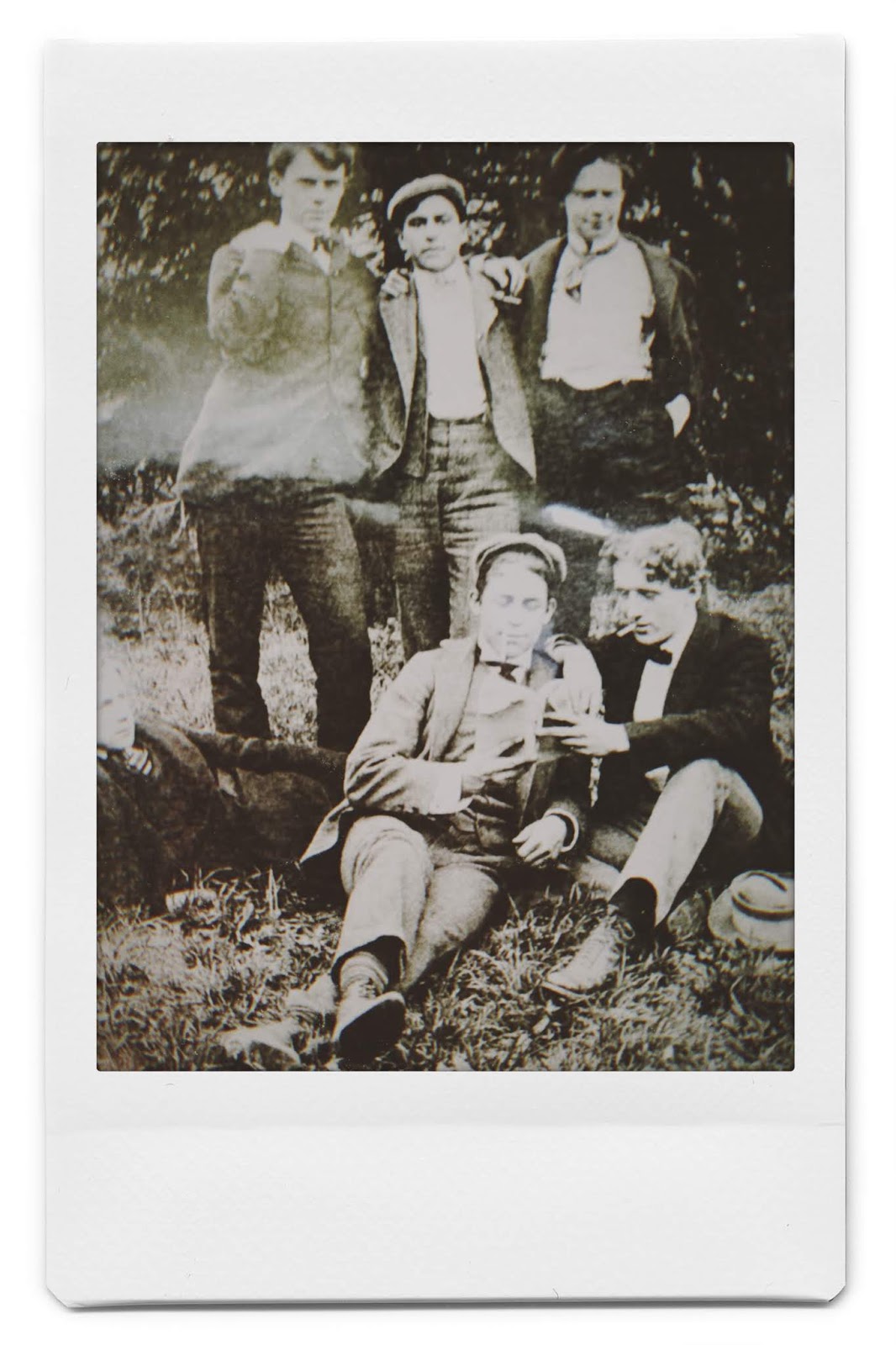
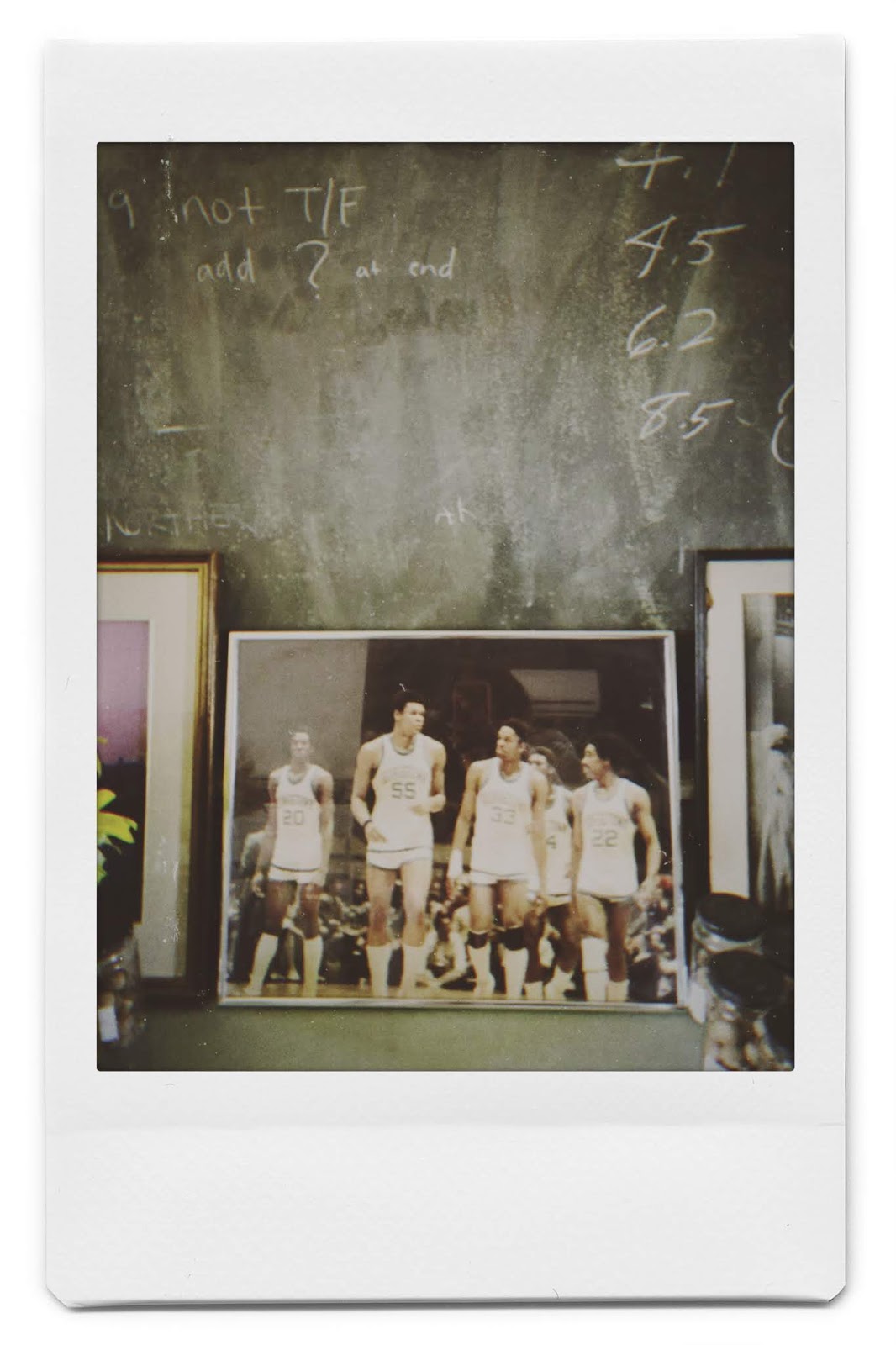
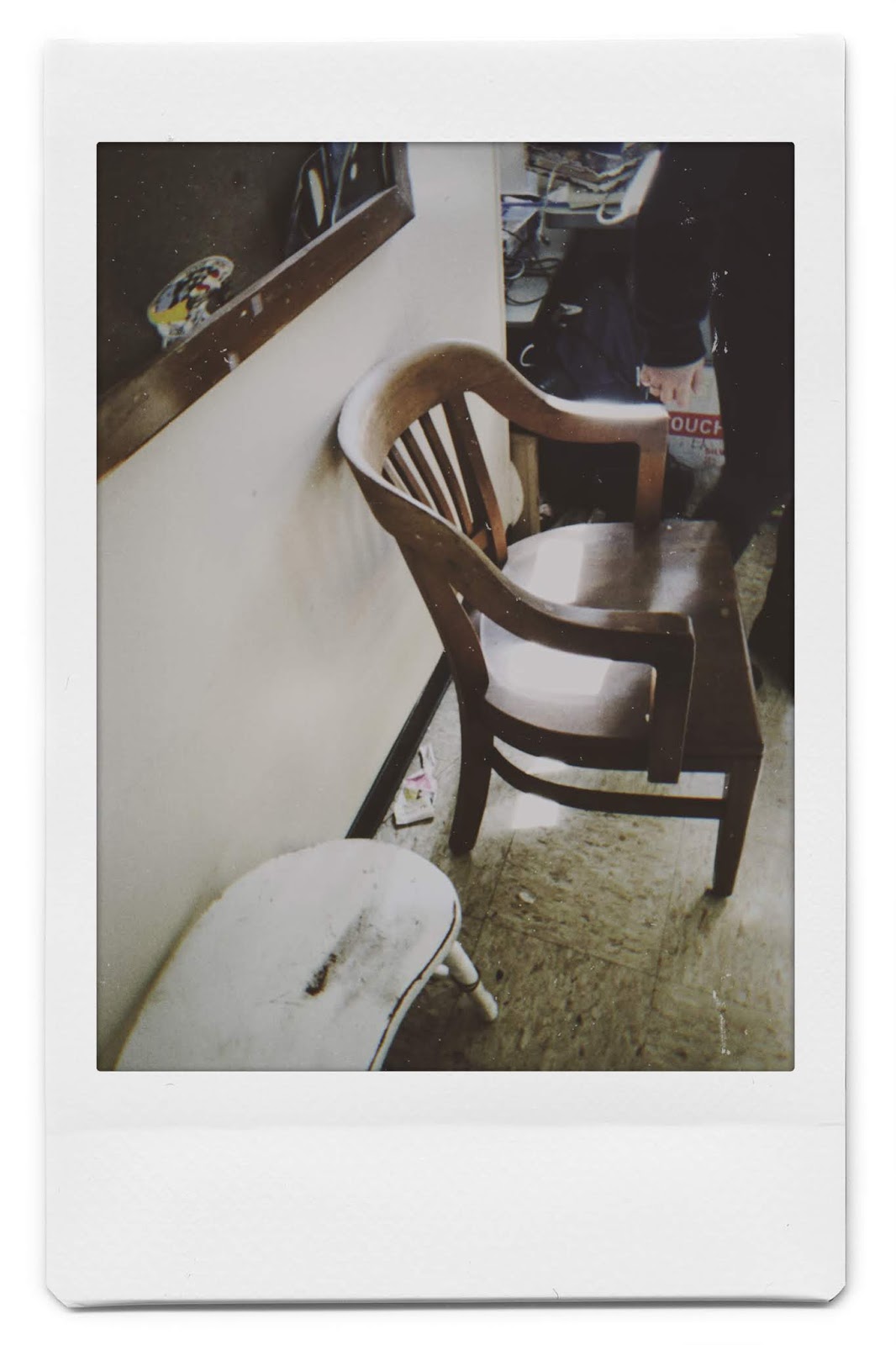
After an hour-long tour of the Observatory, it was time to return to class and design a future strategy, sustainable for such a monumental place. The first gush of air that I perceived after leaving the building made me realise the need for everyone to “Fear the degradation of air by Global Warming”.



I am back to bed with a lot of thoughts, some I may have to share as time goes on.My current dilemma is if I felt the interior of the Observatory had magic within its walls, that should be preserved, how do I re-purpose such space sustainably without altering its old form?
The photo below and the little caption on it caught my attention


